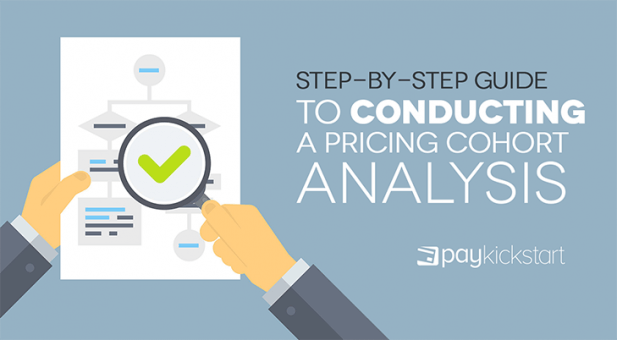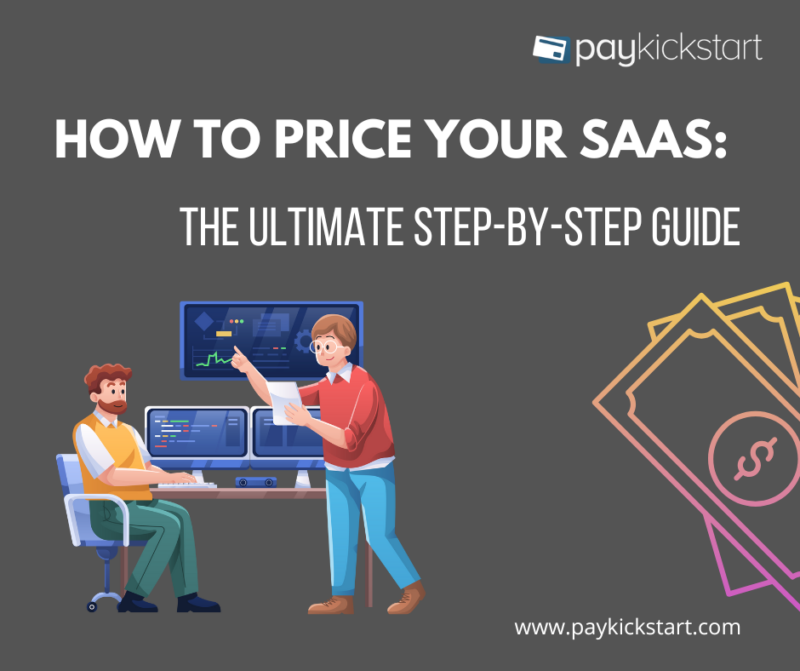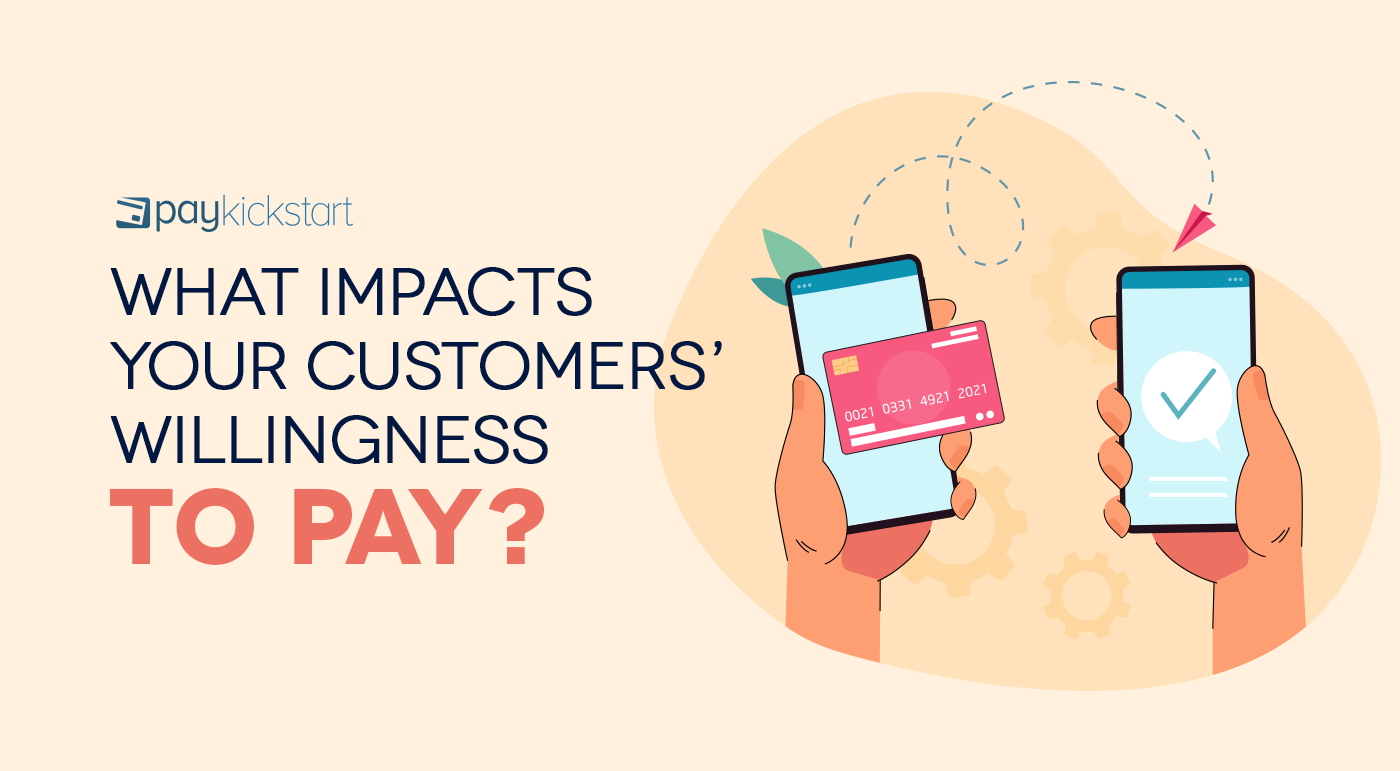Subscription growth hack (by PayKickstart)
Facebook Group - 3,932 members
Visit Group
One of the most effective but often under-utilized strategies for marketing, pricing, and various other efforts is cohort analysis. Using cohort analysis will allow you to better understand your customers and their decision making process. You can use this understanding, in turn, to influence their decisions.
In this article, I’ll outline how you can use cohort analysis to set prices and feature mixes for your SaaS or other product/service. Both prices and features will have a big impact on the customer’s decision. Let’s dig in.
A cohort is simply a group of people who have some sort of characteristic in common. That might mean they graduated college in 2005. Or a cohort might be people who were born on Tuesday and have blue eyes. Really, you can define cohorts any way you want, you just have to find one or more common characteristics.
You can use pretty much any common characteristic, such as eye color, to define a cohort.
Of course, most ecommerce and SaaS experts aren’t going to be interested in blue-eyed, Tuesday-born people. When identifying cohorts for pricing, you’ll want to hone in on characteristics that will help you understand your customers, their needs, and how you can develop an effective pricing strategy.
Cohort analysis is actually a subset of behavioral analytics, which itself is a subset of data analytics that tries to uncover insights into the actions of people, and their purchasing behavior. That’s a bit of a mouthful, I know. The important take-away is that with behavioral analytics is that you’re trying to understand your customers and their decision making process.
With Cohort Analysis, you use data to understand how different cohorts behave.
With cohort analysis, you segment your customers into groups, trying to identify patterns as you do. By finding patterns, you can then craft marketing and pricing strategies that specifically target each cohort and their needs. In the case of pricing, this means developing price and feature mixes that will appeal to your customers while boosting your bottom line.
While I’m going to focus on pricing in this article, cohort analysts can be used for a huge range of things, such as developing more effective marketing campaigns. Ultimately, cohort analysis is a powerful tool that you can use to segment your customers. This, in turn, will make it easier for you to both manage your efforts and to customize marketing and pricing campaigns to each individual cohort.
So how do you use cohort analysis to help set prices? For SaaS companies (and many others), pricing is one of the hardest undertakings. However, when done right, few things will have a larger positive impact on your bottom line than pricing.
Let’s do a thought experiment using PayKickstart so you can see, step-by-step, how you can conduct a cohort analysis. I’m not going to share what PayKickstart has learned through our own cohort analysis (sorry!). However, we can use a shopping cart SaaS for a thought experiment.
Let’s use a thought experiment to better understand how cohort analysis works.
Let’s say we want to encourage medium size companies to sign up for our professional plan, rather than our basic plan. For the sake of this assumption, we’ll assume that PayKickstart has only one pricing plan, but we want to develop a “professional” plan that will cost more but offer more features. (We already offer a variety of plans, FYI.)
First thing’s first, you need to have a clear understanding of where you are and where you want to go. When it comes to pricing, the ultimate goal is to increase revenues. While establishing different feature mixes and subscription plans, your goal is to offer different plans that will appeal to different people and budgets.
This is where cohort analysis comes in. You can target individual cohorts with different plans. The trick is offering specific cohorts features that they are willing to pay more for and who have the means to pay more.
For the sake of this thought experiment, we’ll create a cohort and define “medium size companies” as those that produce $5,000-$25,000 in revenues per month. Those who sell less than $5,000 can be defined as “small companies.”
Next, we can then compare the behavior between these two cohorts to develop a pricing strategy that will encourage medium size companies to sign up for our professional plan. Let’s say we look at what shopping cart features each cohort uses.
While doing so, we uncover an interesting data point: 27 percent of our medium companies are using our affiliate center to manage their affiliate marketing campaigns. When we look at small companies, we find that only 3 percent are using the affiliate center (remember, these numbers are made up).
A look at PayKickstart’s affiliate management platform.
In this case, we could offer the affiliate center as part of our professional and premium plans, while not offering it in our basic plan. The vast majority of small companies won’t be affected. However, a large share of medium companies, which are producing substantial revenues, will now have a reason to upgrade to our professional plan.
As we dig deeper into our medium-sized company cohort, we’ll find more data points that will allow us to develop a pricing and feature mix that will be more appealing to medium-sized companies. We might find that medium-sized companies are more likely to use APIs and lead tracking. We could also find that medium-sized companies are more likely to need user management or need to list more products.
In fact, if you look at PayKickstart’s pricing page, you’ll see that our pricing and feature list matches up with the above. That’s because we developed custom plans with a mix of features targeted to individuals and different-sized companies. We want to offer everyone a plan that they can afford and benefit from.
We also want to continue to offer the world’s best shopping cart. This means we need to continually invest in upgrading PayKickstart and offering new features. In order to do this, we need to maximize revenues by offering a mix of plans to different customer segments. We want to offer plans that each segment can afford and unique feature mixes that target each cohort’s needs.
By doing so, PayKickstart will increase its revenues. You can use cohort analysis to increase revenues for your company as well.
Setting prices and determining what features to offer for who (and at what price) are not easy undertakings. However, by using cohort analyses, you can better understand your customers and their behavior throughout their lifetime. This will allow you to better understand how pricing and features will impact their decision making process.
Michael Harbone is an experienced copywriter, writing professionally since 2017. He has written for multiple digital marketing companies gaining the reputation for writing engaging, concise articles one which received an award from Upcity.
Read More About Michael Harbone
